Back pain and weight problems are both ongoing issues for Americans, but these conditions have a surprising connection. Obesity has several associated health complications, including diabetes, strokes, heart disease and high blood pressure, but back pain also relates to the presence of extra body fat. Excess body weight can add to stress on the spine, and metabolism differences also increase the risk of back issues.
However, a small amount of extra body weight is not the problem. The connection between weight and back pain occurs in two specific categories — overweight or obese individuals. The good news is that losing weight can ease aching or throbbing backs and decrease the risk of further back conditions. The following explanation of weight and back pain issues leads to practical steps for back pain relief.
Overweight vs. Obesity
Overweight and obesity are different categories of excess weight, although they are often used interchangeably. The primary measurement of these weight categories is the body mass index (BMI), and which ranges from underweight, normal or healthy, overweight to obese. Overweight is a BMI anywhere from 25 to under 30, and obese is a BMI from 30 or higher. The BMI is a preliminary tool, but several other factors are necessary to evaluate overall health.
The obesity scale is broken down into three subcategories since there isn’t a maximum level. The first subcategory or class is a BMI from 30 to 35, and the second is a BMI of 35 to 40. The third subcategory is the highest, with a BMI of 40 or more.
How Your Weight Impacts Your Back Health
The medical field remains unsure about what precise factors of excess body fat influence back health and cause spine diseases. Many doctors believe that these factors are merely correlated without a clear link, but the large number of studies that show an overlap between back disorders and obesity is difficult to overlook.
Medical professionals are still unsure whether mechanical or metabolic and meta-inflammatory aspects contribute most to back pain, but common occurrences in patients indicate a mixture. The following impacts happen when excessive weight damages the spine and back.
1. Weakened Muscles
Behaviors associated with obesity, like a sedentary lifestyle or a poor metabolism, weaken the supporting muscles. The back muscles needed to retain the shape of the spine suffer from an increase in weight. Legs also bear the burden of a weakened back, because they must compensate for the extra load on the abdomen. Walking becomes more difficult with weakened back muscles, and many have reported that daily functions are more challenging due to obesity and back pain.
2. Undue Spine Compression
The pressure from weight in the midsection pulling the spine downward contributes to pain in the back. The spine is a column of vertebrae, cartilage and discs, and they surround the spinal cord, which is sensitive. Discs or vertebrae pressing the nerves in the spine can cause severe conditions. Obesity pushes the body into postures that deter the spine’s natural shape. Whether herniated discs or nerve compression happen because of added weight, pain follows.
3. Irregular Spine Curvature
Added body weight brings the spine into an altered and unhealthy shape. As body weight increases, the pelvis tilts, and the spine’s natural curvature changes. Weight creates an imbalance in the typical three-curve system, which leads to spine alignment issues and a chance for pressure-related back problems. The over-extension of the lowest arch because of abdominal body fat is especially harmful to the lower back.
4. Slowed Metabolism
A slower metabolism is linked to the presence of excess body fat, and when the metabolism is delayed, the body suffers in many ways. A possible result of obesity on the metabolism and biological functions is systematic inflammation. Inflammation in cases of obesity prevents people from fighting diabetes and weakens the immune system. The weakness in other bodily systems shows that excess weight hampers basic biological protections.
5. Prolonged Recovery Time
One of the least disputed factors connecting weight and back problems is increased recovery time. Overweight and obese individuals with back and spine problems had longer recovery times than usual from their pain, injuries or surgeries. The healing properties of the back are slowed down, possibly from the previously discussed metabolic factors.
Conditions Associated With Obesity and Back Pain
Certain back diseases are linked with obesity and the damage of extra weight on the spine. The following conditions are the most common ones that studies show to be detrimental to the back and spine for the obese.
1. Osteoarthritis
Osteoarthritis is the degradation of joints, bone and cartilage and the accompanied pain and rigidity. Obesity typically holds a higher risk for joint inflammation, and osteoarthritis is common in overweight individuals. Although osteoarthritis more frequently occurs in the elderly, obesity increases the possibility for middle-aged individuals to have it, too.
Osteoarthritis connects to obesity and back pain through the presence of adipokine and leptin. Adipokines are important metabolism mediators, and they are present in many serious conditions including obesity. Leptin, in particular, is an adipokine which effects bodies’ immune systems and metabolisms, regulates body weight and changes energy output. Leptin deteriorates cartilage in the body, and knees are especially vulnerable to an increase in leptin content, which is observed in obesity.
2. Intervertebral Disc Disorder
Intervertebral disc disorder is when the degeneration of spinal discs occurs, and overweight individuals are prone to deteriorated discs. Discs, the natural cushions of the spine, release fluid throughout the day, but they need to be replenished through rest and nutrients. However, when wear and tear leave them thinned without restoration, degeneration begins.
Extra weight on the spine is one form of pressure that can stress the discs and shift them closer together, elevating the possibility that vertebrae will grind against one another or nerves and initiate pain. The wearing away of discs leads to significant back pain and an inability to move freely. The vertebral endplate of the spine also can have edema as a result of disc deterioration, which brings more pain.
3. Lower Back Pain
The risk of lower back pain is more likely when excess body fat is present. At least 80 percent of Americans experience lower back pain during their lives, and it often causes immobility and lower extremity issues. The intensity of pain in the lower region does not clearly rise and fall based on the BMI of a person, but the frequency of lower back pain is higher in individuals who are obese or overweight. Generally, obesity predicts lower back pain.
Lower back pain is a symptom of back conditions, like sciatica and spinal stenosis, but it could also be the result of an injury. Loading problems strain the back and overload joints that support the spine. Injury and serious back conditions lead to low back pain, and easy tasks like walking, standing and sleeping become difficult and painful. This debilitating situation prevents many basic activities due to extreme discomfort.
Increased Risks Due to Being Overweight
Obese and overweight individuals have a higher risk of injury, surgery and health complications. A surplus of body fat is not the only factor that creates extra risk, but the fat cells, altered metabolism and weakened joints and muscles contribute to the likelihood of medical difficulties.
1. Anesthetic Surgical Issues
Anesthesia presents a substantial issue for overweight patients because the normal dosages that patients are given are often ineffective. Breathing problems from extra tissue can occur, and breathing assistance can exacerbate existing breathing issues. Oxygen and proper airflow are challenges with sleep apnea patients, but typical pain medication can also interfere with breathing for overweight individuals.
Deep vein thrombosis, blood clots in the legs at a great depth, is a possibility for obese patients who have recently received surgery. The extended inactivity from recovery allows the legs to become sedentary, and the blood that usually flows to the heart from their movement slows down. If clots form, they can move to the lungs, and swelling in the legs is likely. Compression stockings can help, but there are few clear symptoms of deep vein thrombosis.
2. Pre- and Post-Operative Surgical Problems
Pre-operative surgical considerations for spine surgeries include equipment restrictions, patient positioning and preparing patients for managing pain. Planning for the different size and body makeup of patients is crucial before surgery. Imaging and scans help physicians account for a different surgical approach and altered methods. Some imaging is hard to read because the machine can’t convey appropriate readings past the thickness of the tissue.
Post-operative surgical problems include infection of the wounds, cardiac complications and controlling pain medication. Wounds from surgery are more likely to become infected in patients who are obese or overweight. The condition or physique of a person also contributes to the rate of infection, because a healthy and muscular individual may have a higher BMI but recover more quickly due to consistent physical activity. A higher sensitivity to pain makes obese patients prone to rely on the medication for a longer period and in higher doses than if they were closer to an average weight.
3. Injury
It is twice as likely for obese or overweight individuals to sustain an injury than for people of average weight. Overweight people overexert themselves and fall more often, and these injuries result in further health conditions. Falls and ambulatory stumbling occur more often for obese individuals, and a history of these injuries especially impact elderly individuals who are overweight when they can’t steady themselves or have extensive physical limitations.
Spinal cord injuries happen often, and occupational injuries are also a common risk for obese individuals. Driving injuries can endanger people who are overweight, although the extra tissue occasionally protects people in car accidents. Sleep apnea also endangers obese drivers, as many car accidents and injuries result from this condition. Significant injuries from vehicle accidents are worse for people with excess body fat.
How Weight Loss Relieves Your Pain
Losing excess body fat from healthy food choices, exercise and lifestyle changes renews your spine and back structure and relieves the pain that comes along with extra weight. Weight loss eases extra pressure on the spine, corrects posture and reduces health risks. The following advantages come from decreasing BMI and introducing active and balanced practices into your life.
1. Exercise Improves BMI and Back Health
Exercise reduces surplus weight in the midsection that is harming the spine, but it also benefits back health simply from strengthening the muscles and increasing flexibility. Physical activity promotes back health on its own, but because it is a common weight loss method, it is doubly effective in reducing back pain. Supporting muscles regain their vigor and take unnecessary pressure off the spine so that it can bear a natural amount of weight.
Stretching, conditioning and strengthening exercises all help your back remain trim and fit. Practicing flexibility and balance can reduce overexertion and injuries that occur from lifting. Low-impact exercises are an excellent place to start repairing your back and core’s weakened muscles.
2. Natural Spine Alignment Returns
Spine alignment is restored when weight is lost, because the typical abdominal weight is reduced, easing the arched curvature of the back. Extra pressure from the weight that creates nerve compression and disc degeneration is displaced.
The neutral spine position aligns your head, shoulders, hips, knees and feet so that your spine is not extended or bent uncomfortably. When the weight that pulls your spine in extreme positions slowly disappears, you can practice good posture again. This allows your organs enough space to function effectively and your spinal discs to perform their job of separating vertebrae.
3. Current Relief and Future Risk Prevention
Individuals who have lost weight to lessen their back pain generally see positive results. If individuals who are overweight have back or spine surgery before they attempt to lose weight, the results are less successful for their weight loss attempts. However, if weight loss regiments are implemented to reduce back pain, relief from back pain is a common outcome. Surgery recovery is improved when individuals lose weight before surgery, and osteoarthritis stressors are reduced when body fat is diminished.
A lower BMI reduces the risk of future back injuries. Preventing future back injuries is as simple as losing weight and continuing exercise and healthy habits. The likelihood of back injuries with obesity is enough to convince many to strive for a healthy BMI and reduced abdominal fat to leave their spines flexible and supported.
Practical Tips on Weight Loss Methods for Back Relief
You understand how low-impact exercise helps back pain, but you may still wonder where to begin with weight loss methods to alleviate your back pain. The following tips will help you start healthy measures to get your body and back in shape.
- Walking is a safe place to start to get your back in shape, and even though it seems simple, walking provides circulation and promotes weight loss.
- Aerobics and Pilates will help you lose weight efficiently, and modified poses can save your back extra strain.
- Try stretches and strengthening moves that build up your core without straining your developing back muscles, like wall sits, bridges and hamstring stretches.
Find Spine and Back Support at the Spine INA
If you want to relieve your back pain and recognize your BMI as a contributing factor, the Spine INA is ready to help you reduce your spine and back problems resulting from excess weight. Weight loss can reduce your back pain, but surgery may also be necessary for your condition. We provide minimally invasive spine surgeries and assist you in as quick a recovery as possible to get you back to your preferred routine.
Our physicians will help you form a care path, and our staff provides personal help to navigate your treatment options. Whether you need an endoscopic discectomy, endoscopic facet rhizotomy or spinal cord stimulation, we are leaders in these techniques and intent on relieving your pain and reviving your life.
Contact us today to learn more about the connection between weight and back pain or to schedule an appointment.
This content was medically reviewed by Baher Yanni, M.D, on January 17th, 2019.
Resources
- https://www.cdc.gov/obesity/adult/defining.html
- https://www.ncbi.nlm.nih.gov/pmc/articles/PMC3422768/
- https://link.springer.com/article/10.1007/s13679-013-0058-7
- https://www.ncbi.nlm.nih.gov/pmc/articles/PMC4429997/
- https://www.ncbi.nlm.nih.gov/pmc/articles/PMC3854598/
- https://general.surgery.ucsf.edu/conditions–procedures/health-risks-of-being-overweight.aspx
- https://www.ncbi.nlm.nih.gov/pmc/articles/PMC5334737/
- https://www.ncbi.nlm.nih.gov/pmc/articles/PMC4733460/
- https://www.ncbi.nlm.nih.gov/pmc/articles/PMC4868585/
- https://www.webmd.com/diet/news/20050722/obese-people-more-prone-to-injury
- https://www.ncbi.nlm.nih.gov/pmc/articles/PMC2288598/
- https://sph.berkeley.edu/obese-drivers-greater-risk-fatal-injury-car-crashes
- https://www.ncbi.nlm.nih.gov/pmc/articles/PMC3623013/
- https://www.ncbi.nlm.nih.gov/pmc/articles/PMC4934575/
- https://health.cornell.edu/sites/health/files/pdf-library/Low-Back-Pain.pdf
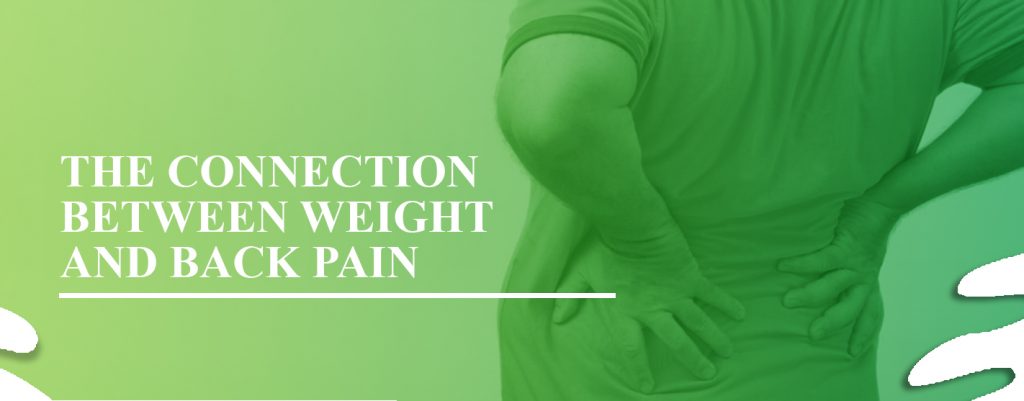
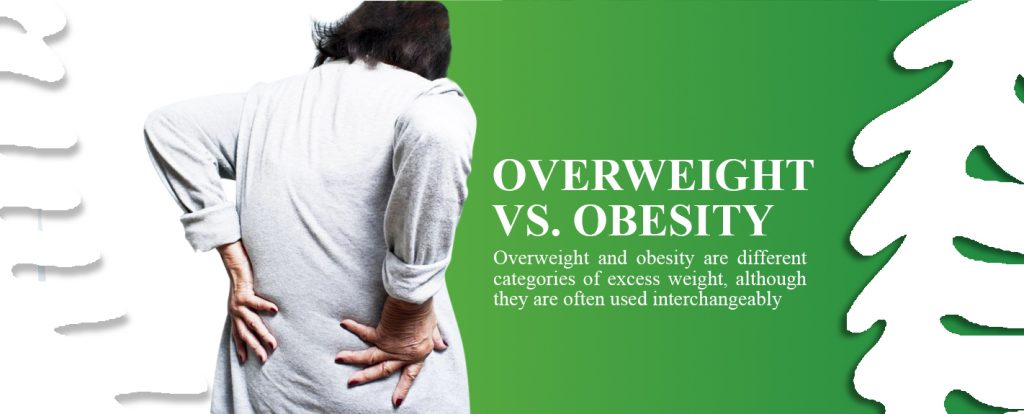
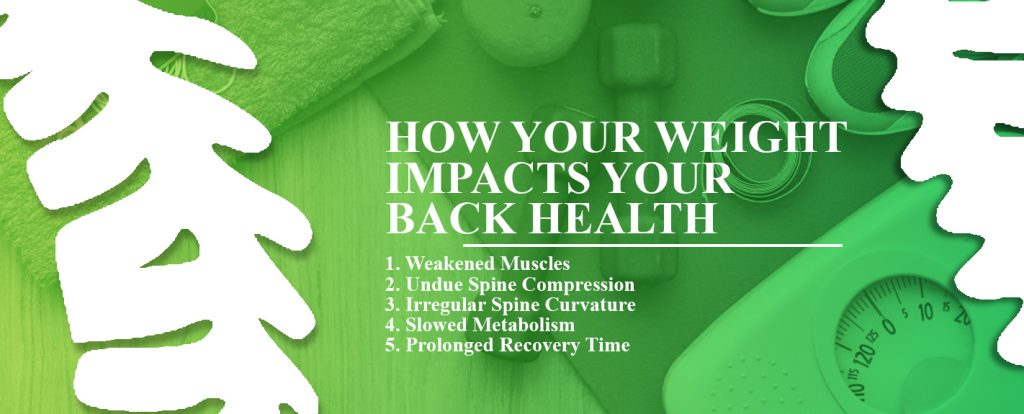
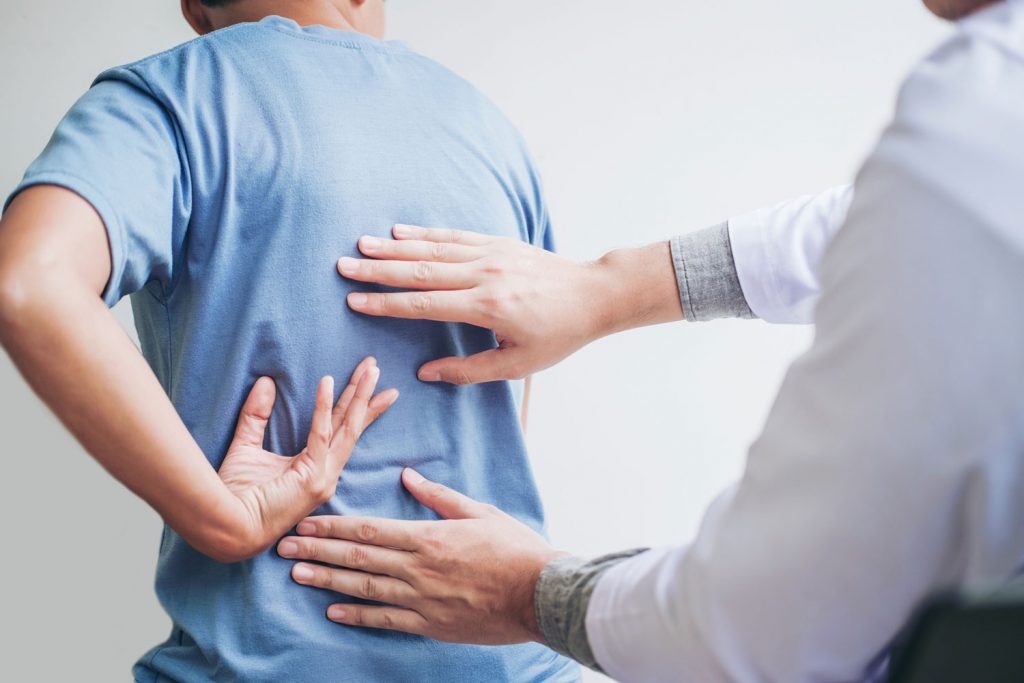
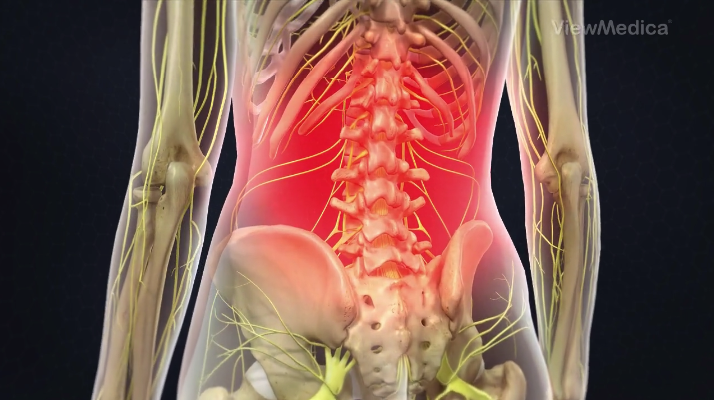



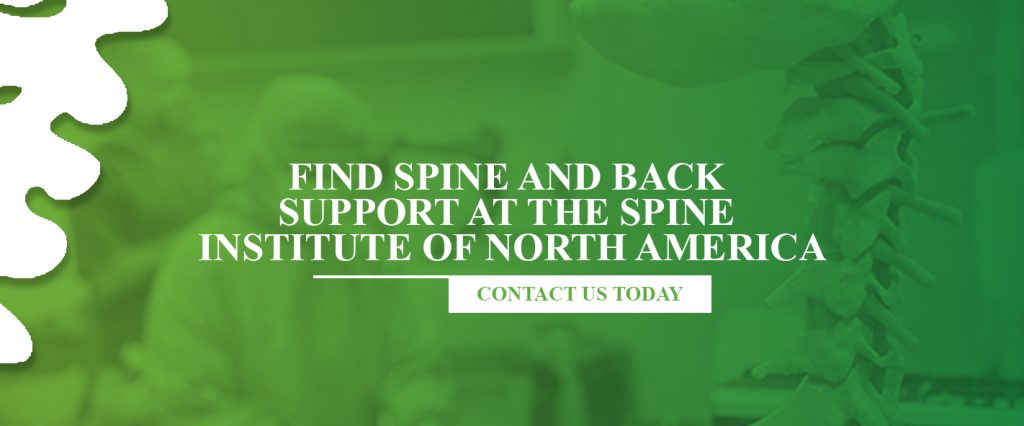









Any weight loss tips for people like me with lower back problems and pain?
Hey Dawn! We have some tips here that you may be interested in! https://spineina.com/blog/easing-into-a-diet/